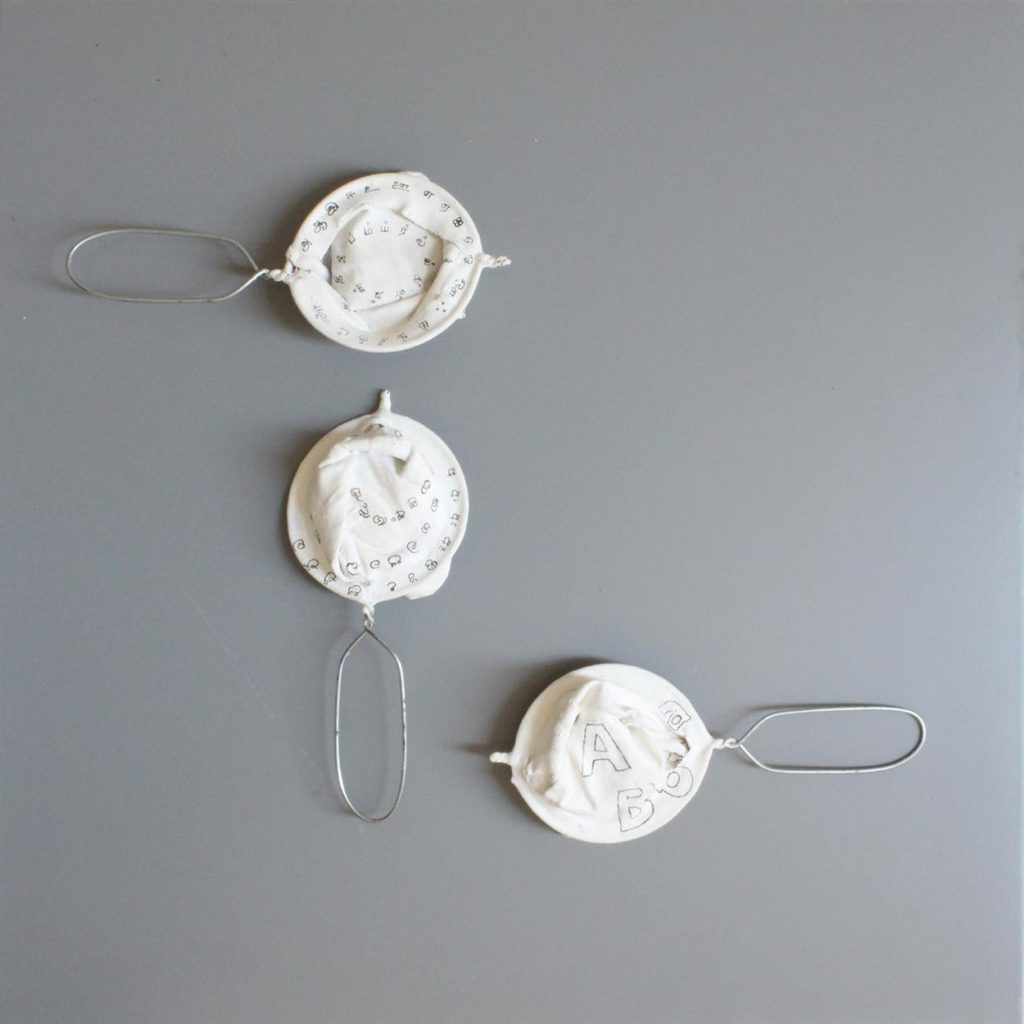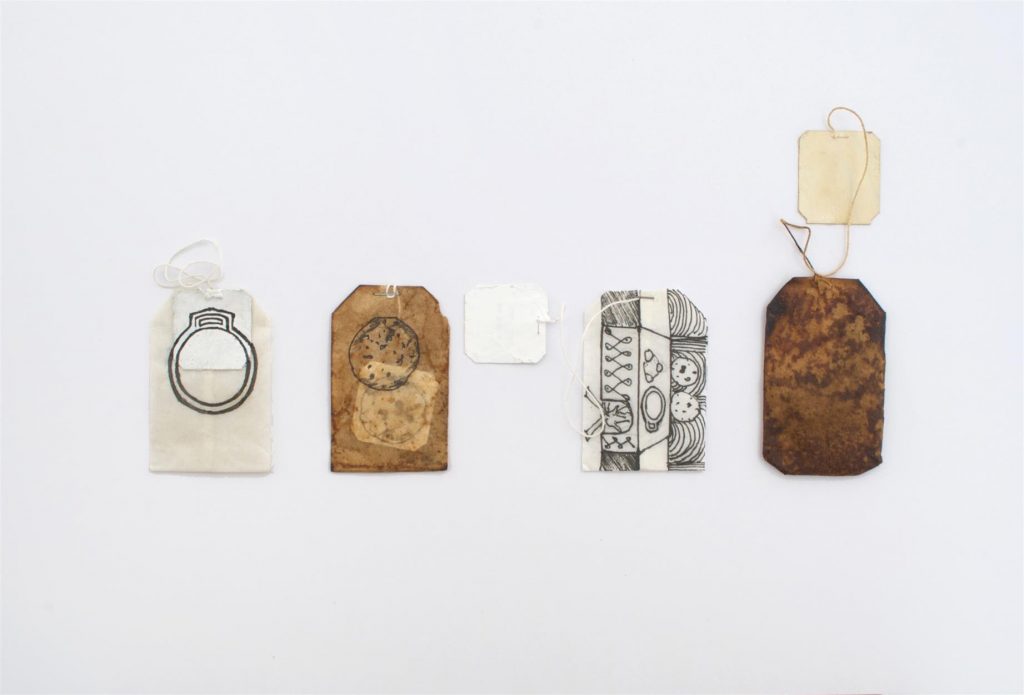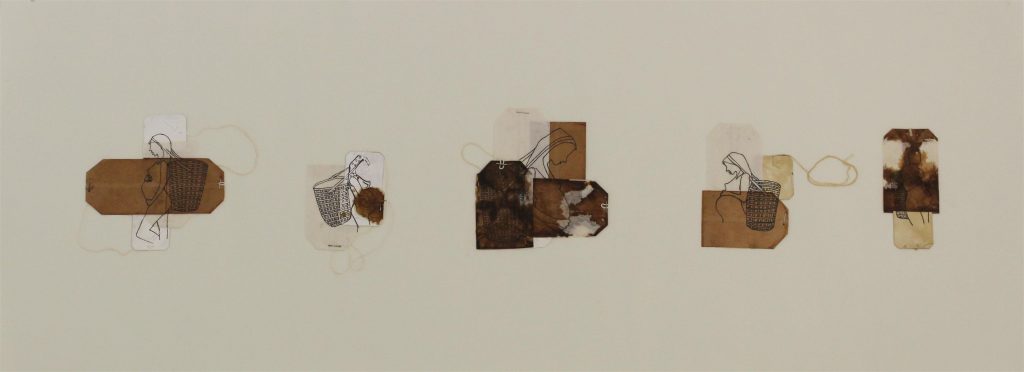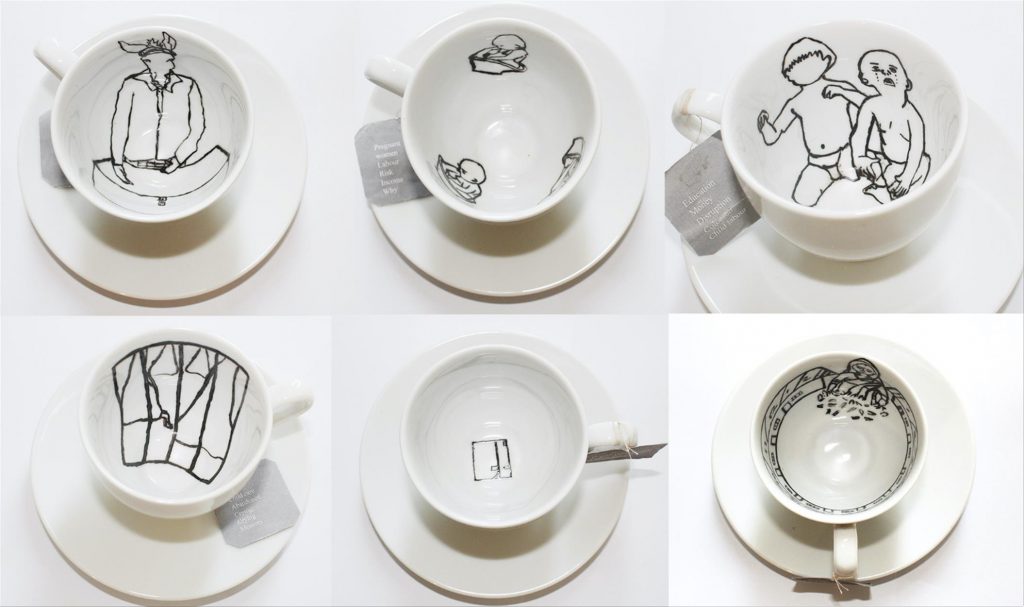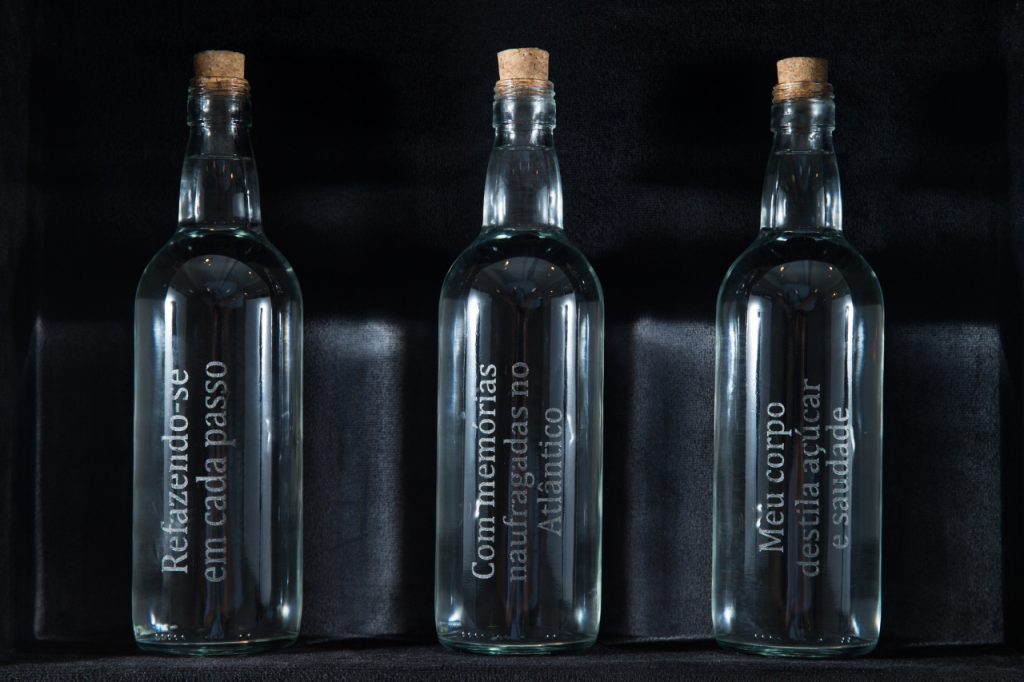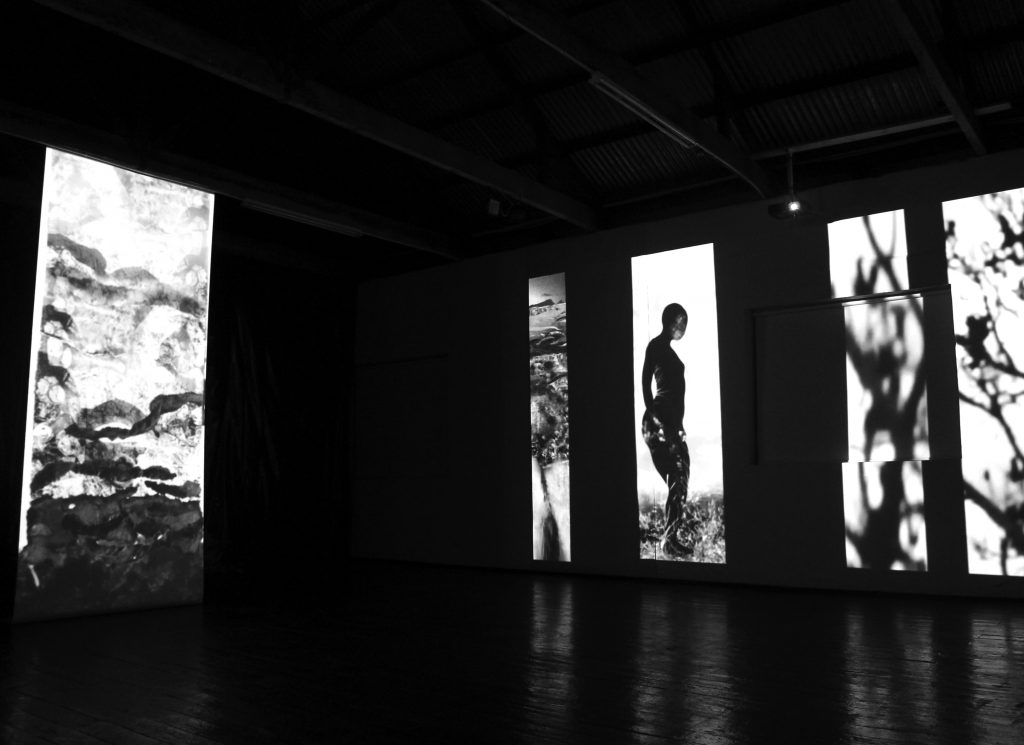Remember to forget. Forget to remember.

In the words of the artist:
This artwork is a response to the complexities around colonial and apartheid monuments with specific reference to the heavy bronze sculpted panels, 8-10m in length, commissioned by apartheid President P.W. Botha to commemorate World War I*. In considering both post-apartheid South African discourse around public art and egalitarian commemorative practices in Europe, this installation moves to re-contextualise monolithic, despotic edifices through the digital medium of mutable light and time which raises questions and elicits reactions about how history is recorded. How do we exclude/include the intangible heritage of cultural experience and the experience of the personal in memorialisation as opposed to the narrative dictated by power systems?
Rather than remove existing memorials to forget/remember differently, the strategy at play is to re-contextualise them by projecting over their surfaces and finding ways of representing those excluded from this narrative, from the perspective of their lived experiences.

The imagery scales up the contributions of those downplayed or completely excluded from the narrative of the commemorative bronze, namely the SA Native Labour Corps, Cape Corps and the million black soldiers and labourers upon whose backs the war for global domination was carried. Strong emphasis is also placed upon entire communities that were affected by this war that drained them of men and ravaged their land.
The intention of this artwork is to lead contemporary audiences towards accessible, open-ended experiences around the construction of history and memory.
*These bronzes, erected in the Delville Wood memorial in France on the site where 2500 white soldiers were killed, all face the sterile sandstone courtyard and its focal point: the Cross of Sacrifice topped by a Voortrekker Cross. The monumentality of the bronzes, in conjunction with the stoic architecture, conveys an indisputable narrative and the ultra-conservative perspective of the South African apartheid regime. This video is currently projected as a permanent installation over the bronze by Mike Edwards which depicts South Africa’s role in German South West Africa (now Namibia), German East Africa, North Africa and Palestine during the First World War.

Description:
In Remember to forget. Forget to remember (2016), Price confronts the selective history writing and commemoration of major events in South African history. The Delville Wood South African National Memorial, the focus of this artwork, was created prior to the creation of the apartheid government, and foreshadows many of the white supremacist ideas which would be enacted in the decades that followed. Throughout South Africa, colonial and apartheid-era monuments remain a part of the architectural landscape. Embedded within these monuments, as described by Price, are ultra-conservative symbols and messages which rely upon the myth of white superiority and the deafening omission of the contributions of any other group. In more recent years, such monuments have become a deeply contested site of debate, the most high-profile being the 2015 #RhodesMustFall protests which took place at the University of Cape Town, and subsequently saw iterations on campuses in the USA and the UK.

